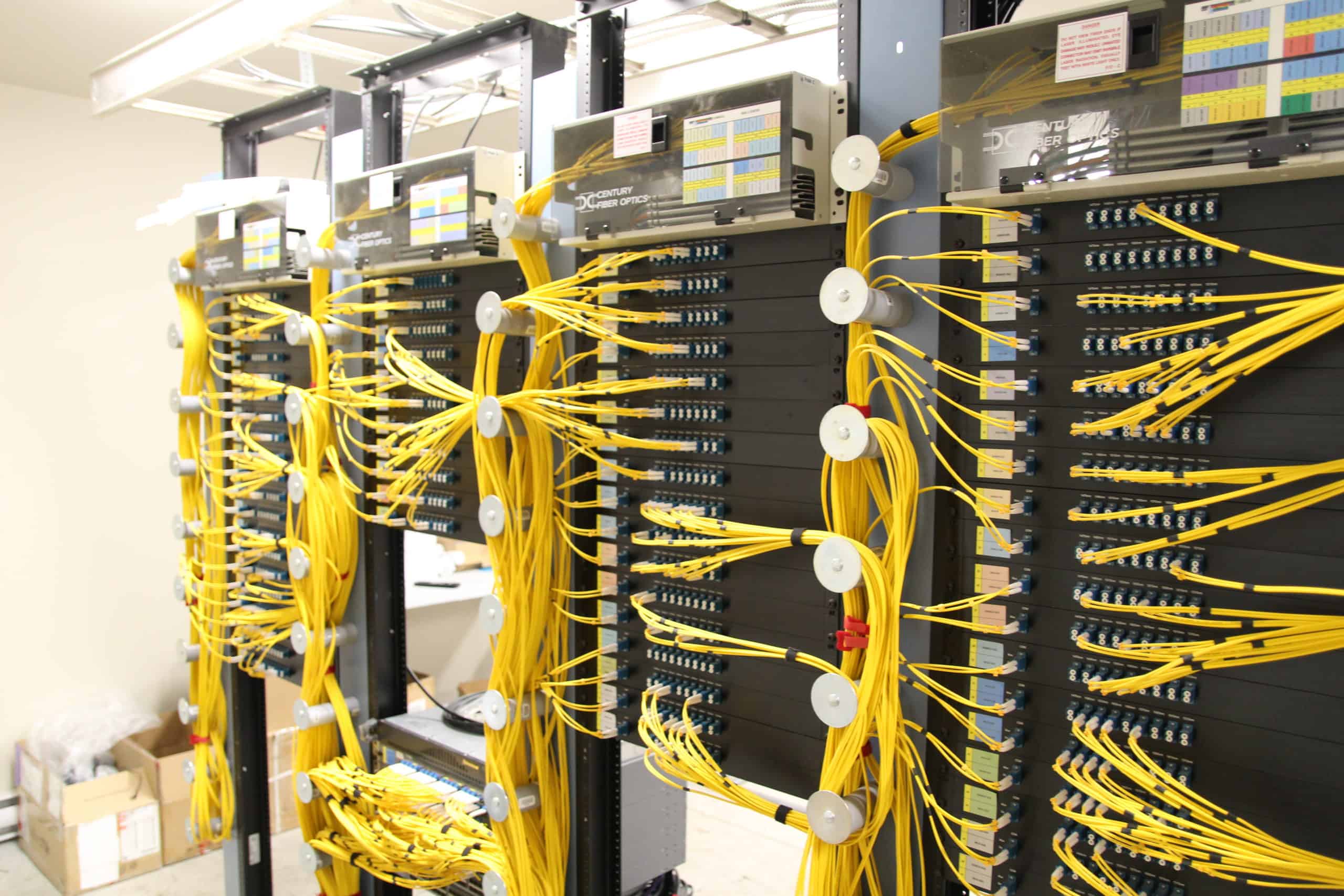Big changes are happening in small towns. Baby Boomers are approaching retirement. Urban amenities, career advancement, and higher wages are pulling many young people away from rural areas.
With a shrinking and ageing consumer base, rural areas can have a tough time attracting new investment, and existing businesses face uncertainty.
The result? Small towns lose the services they need to maintain the quality of life they’ve had for generations.
To survive and even thrive, small towns need a new approach to economic development — one that’s homegrown and uses a typical western-Canadian Do-it-Yourself attitude.
Small towns across Canada are taking action by starting co-ops. These businesses provide services communities need to grow and create opportunities. Let’s take a look at that DIY economic development and how it’s helping small towns thrive.
Smoky Lake, Alberta. Population: 960
Childcare can be challenging in a small town. In Smoky Lake, the “pumpkin capital of Alberta,” there was no daycare centre. Parents often swapped babysitting duties and had to cobble together childcare plans. They got by, but they didn’t have the flexibility they needed.
Over the summer of 2018, local parents tried something different. They started the province’s first daycare co-op. The Smoky Lake Community Daycare Co-operative, known as “The Pumpkin Patch,” opened in October, 2018 and can host 42 children. It offers extended hours for before and after-school care.
The daycare is a game-changer. Parents have more flexibility and greater certainty when it comes to childcare. Two-parent households can now fully participate in the workforce, and the community is seeing economic and population growth.
Mossbank, Saskatchewan. Population: 360
As small-town populations age, communities’ housing needs change. Many small towns lack the services seniors need to age in place, and the elderly need to move away to access the care they need. That didn’t sit well with the residents of Mossbank.
In 2011, community members started raising funds to build an assisted living facility. They created the Furrows and Faith Retirement Villa Co-operative and obtained charitable status to help fundraising efforts. They rallied support from local businesses, auctioned off more than a few $1,000+ pies, and relied on leadership from a group of volunteers to open a 16-bedroom facility with 24-hour care.
The co-operative’s vision is simple: to ensure people don’t have to leave the area to get the housing and assistance they need.
Hamiota, Manitoba. Population: 850
Communities need high-speed internet to thrive. More than ever, work takes place online, and communities need fast, reliable internet to attract new businesses.
Instead of waiting for the government or a big internet company to do the work, small towns need a DIY approach. That’s what folks in Hamiota did in 2016 when they formed the Park West Fibre Optic Co-operative.
Thanks to a collaboration between community leaders, municipalities, and the Park West School Division, Hamiota now has some of the country’s fastest internet speeds.
The project required $4.65 million to build the fibre optic backbone and 140 kilometres of cable. To help finance the project, the school division and each municipality shouldered a portion of the debt financing. But, to break even, the project needed at least 60% of households to sign up. Nearly 100% have signed on.
Farms in the region used to contend with download speeds of 2-5 megabytes per second (mbps). With the co-op as their service provider, farms can now get 100 mbps speeds, and towns in the region get speeds up to 1 gigabyte per second. At that speed, you can stream four to five movies at once — uninterrupted.
A Better Way Forward
Small towns can thrive. Rural regions can re-write their story — they don’t have to be defined by a shrinking, ageing population. People don’t have to stand by and watch Main Street businesses close and have to travel to the city for more and more services.
Communities that are willing to try a DIY approach to economic development can access the services they need. And future generations can enjoy the same quality of life as those before them.

 Written by
Written by 




